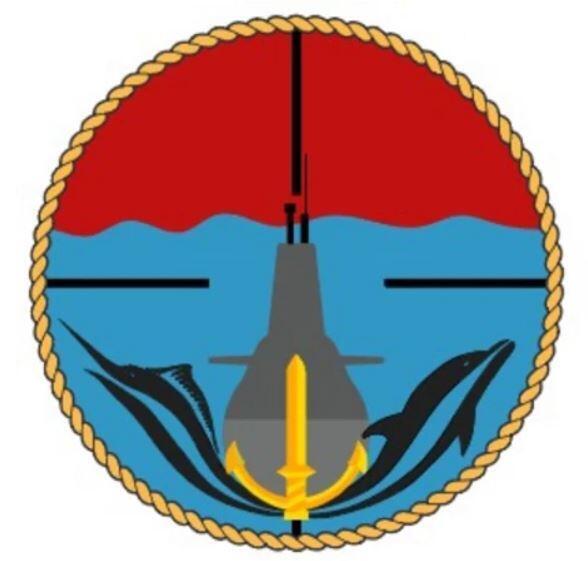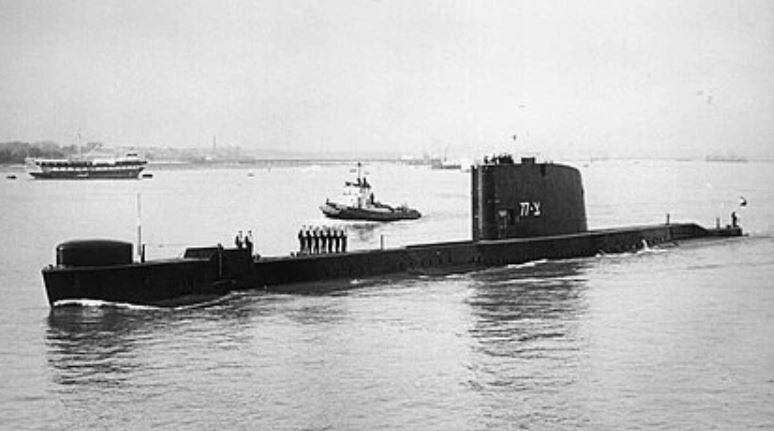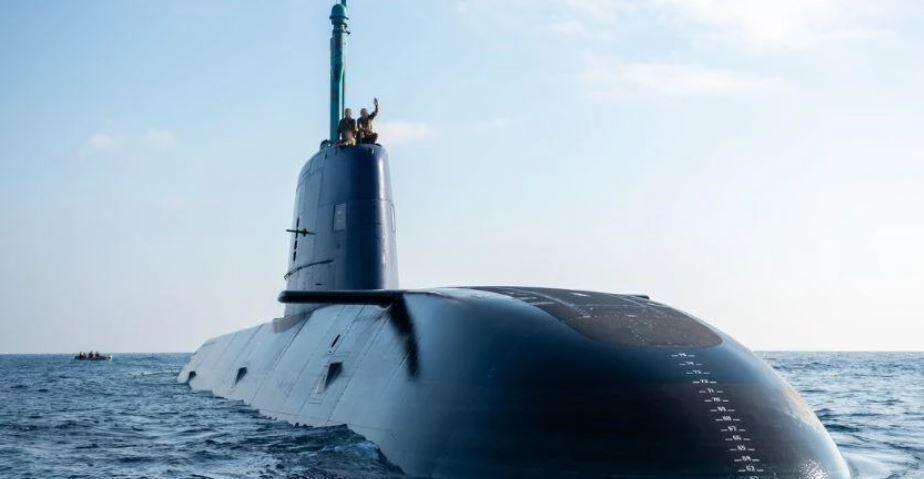Getting your Trinity Audio player ready...
In December 1959, a new chapter in Israel’s naval history began with the arrival of its first submarine, the INS Tanin (Israeli Naval Ship Crocodile), at the port of Haifa. This event marked the birth of Flotilla 7, a unit that would go on to become one of the most secretive and operationally significant divisions in the Israeli Defense Forces. While much of its activity remains classified, the following insights shed light on the unit’s evolution, traditions and legacy.
A new frontier in naval warfare
The INS Tanin’s arrival wasn’t just a milestone for Israel’s Navy — it was a leap into uncharted waters. To prepare for this new era, a team of Israeli sailors was sent to France and England to undergo specialized training on submarine operations. This practice of training abroad has since become a standard procedure, ensuring that every crew is fully equipped to handle the advanced technology of their submarines.
Cloak and dagger missions
Flotilla 7’s operations are shrouded in mystery, with only two missions ever revealed to the public. During the Six-Day War, the unit played a pivotal role in Alexandria, working alongside Flotilla 13 to confront Egyptian naval forces. Years later, during the Lebanon War, the flotilla undertook a critical intelligence-gathering mission. These glimpses into its activities highlight the unit’s importance in both combat and reconnaissance.
The Dakar tragedy and its legacy
One of the most haunting chapters in Flotilla 7’s history is the disappearance of the INS Dakar in 1968. The submarine vanished during its voyage from England to Israel, and all crew members aboard were lost. A year later, a life belt from the Dakar washed ashore on Gaza’s coast, sparking extensive but fruitless searches near Egypt. It wasn’t until 1999 — 31 years after its disappearance — that the submarine’s wreckage was discovered deep in the Mediterranean, 480 kilometers off Haifa’s coast. In 2024, the Israeli Navy honored the Dakar’s legacy by naming its sixth submarine the INS Drakon, a reimagining of the Dakar’s name, to commemorate the vessel and its fallen crew.
<< Get the Ynetnews app on your smartphone: Google Play: https://bit.ly/4eJ37pE | Apple App Store: https://bit.ly/3ZL7iNv >>
A tradition of brotherhood
Flotilla 7’s submariners share a unique bond, symbolized by a long-standing tradition. Upon completing their rigorous training, each graduate signs his or her name in "The Submariner’s Book," a green-bound volume that serves as a testament to their achievement and their entry into this elite unit. This tradition fosters a sense of unity and pride among the crew.
A world of secrets
Even within the unit, secrecy is paramount. Submariners-in-training are not briefed on the nature of Flotilla 7’s missions or its operational scope. Only after completing their training and joining their assigned submarine do they gain access to the classified details of their assignments. This veil of secrecy underscores the sensitive and high-stakes nature of their work.
Evolving technology, evolving fleet
Over the decades, Flotilla 7’s fleet has undergone significant transformations. The unit’s first submarines, the S and T classes, were British vessels built during World War II. These were eventually replaced by the smaller, more agile "Gal" class submarines in the late 1970s, designed specifically for Israel’s operational needs. In the 2000s, the Navy introduced the "Dolphin" class submarines, which were later upgraded to the "Dolphin AIP" model. These state-of-the-art vessels are equipped with advanced systems that allow for extended underwater missions, reflecting the flotilla’s commitment to staying at the forefront of naval technology.
A symbol of honor
In 2023, Flotilla 7 unveiled a redesigned emblem that pays tribute to its history and achievements. The new design features a Dolphin-class submarine, representing the unit’s current capabilities, alongside a swordfish, a nod to the INS Dakar and its fallen crew. The emblem’s blue tones symbolize the vast maritime domain, while the red highlights the covert nature of the flotilla’s operations behind enemy lines. From its humble beginnings with the INS Tanin to its current status as a cutting-edge naval force, Flotilla 7 has played a vital role in Israel’s defense. Its legacy is one of innovation, resilience and unwavering dedication to protecting the nation’s security.




